Number
Prime factors – WJEC
Prime factors, lowest common multiple and highest common factor can help us to solve real world problems. This is a useful area of mathematics that will aid your understanding of number.
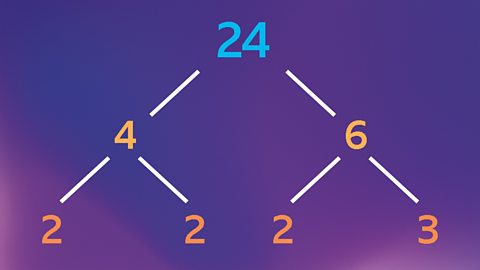
Index notation – WJEC
Indices are a way of representing numbers and letters that have been multiplied by themselves a number of times. They help us to complete problems involving powers more easily.
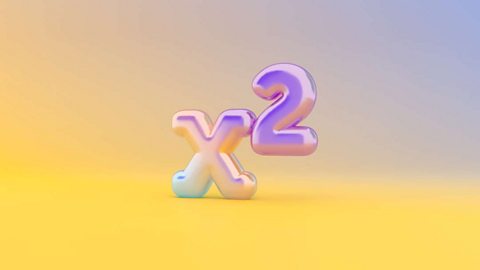
Venn diagrams – WJEC
Venn diagrams are a useful tool in the world of statistics. Once you have got to grips with these, you will be able to arrange all sorts of groups and sets.
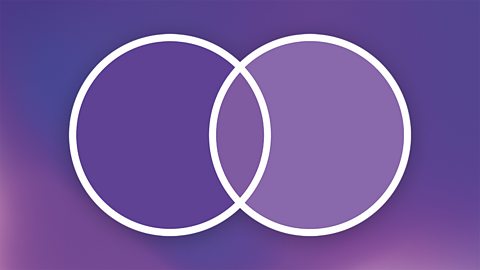
Standard form – WJEC
Performing calculations with very big or small numbers can be difficult. Such calculations, for example those related to space, can be made easier by converting numbers in and out of standard form.
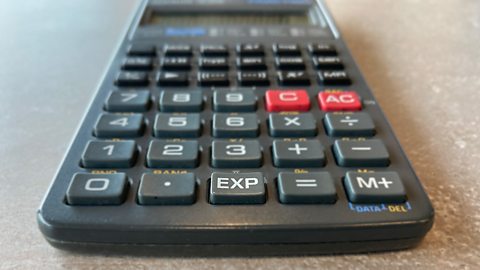
Ratio – WJEC
Ratios show the relationship between two values. They may be in direct proportion and increase as the other increases, or they can be in inverse proportion; as one increases the other decreases.
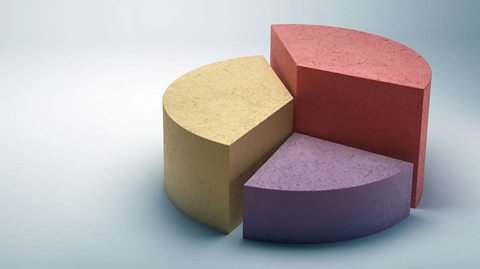
Approximate measurements - Intermediate & Higher tier – WJEC
Approximation includes estimation, rounding to powers of 10, decimal places and significant figures.
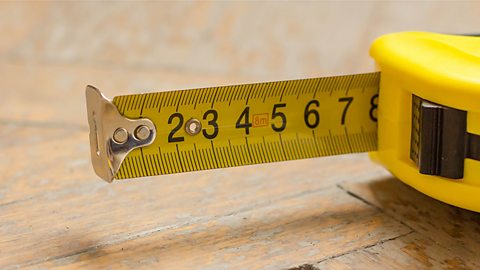
Mathematical terminology – WJEC
Understanding mathematical terms is an important step towards a stronger grasp of the subject. Learn the meaning and application of square, cube, square root, cube root and reciprocal.
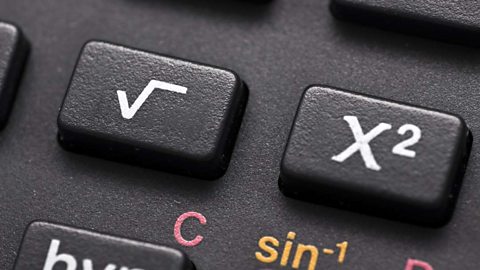
Algebra
Equations of lines – WJEC
Look at how to plot in all four quadrants of a graph and draw straight lines. We can determine information about the gradient and position of the lines, such as if they are parallel or perpendicular.

Equations of curves - Intermediate & Higher tier – WJEC
Quadratic, cubic and exponential graphs are three different types of curved graphs. We can use them to solve equations relating to the graph.
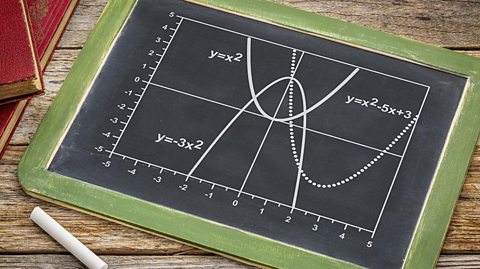
Basic algebra – WJEC
Algebra is very useful in the modern world where mathematics is used extensively. This includes expanding brackets, collecting terms and substituting into formulae.
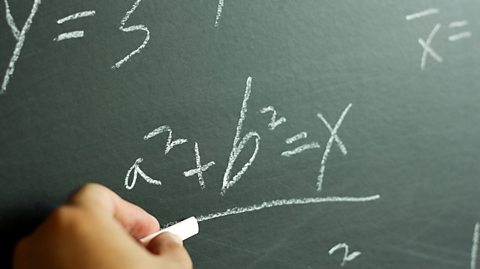
Equations and formulae – WJEC
Solve, form and manipulate algebraic expressions including simplifying and rearranging equations. Solve using trial and improvement.

Factorising - Intermediate & Higher tier – WJEC
Factorising is a way of writing an expression as a product of its factors using brackets. We do this by taking out any factors that are common to every term in the expression.

Quadratic expressions - Intermediate & Higher tier – WJEC
Quadratics in algebra have many and varied uses, most notable of which is to describe projectile motion. Form and manipulate quadratic equations and solve them by a variety of means.

Sequences – WJEC
Sequences can be linear, quadratic or practical and based on real-life situations. Finding general rules for sequences helps find terms in sequences that would otherwise take a long time to work out.

Functions - Higher only – WJEC
Functions of graphs can be transformed to show shifts and reflections. Graphic designers and 3D modellers use transformations of graphs to design objects and images.
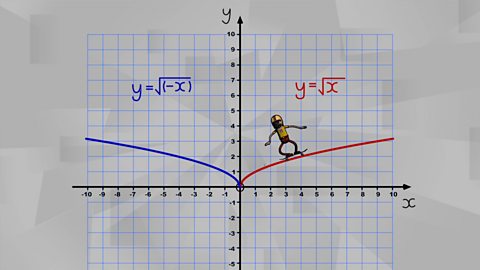
Inequalities - Intermediate & Higher tier – WJEC
Algebra is one of the most powerful tools in mathematics. Without algebra, we would not have modern computer technology, medical advances or aeroplane travel as we know it today.
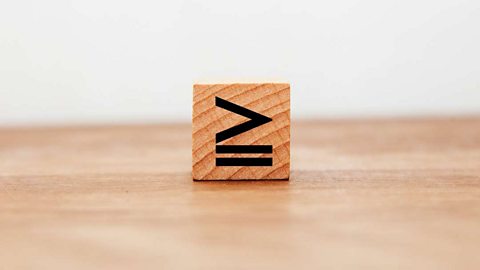
Simultaneous equations - Intermediate & Higher tier – WJEC
Simultaneous equations require algebraic skills to find the value of unknowns within two or more equations that are true at the same time.
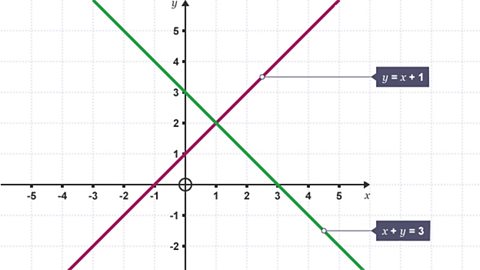
Geometry and Measure
Sector, segment and arc - Higher only – WJEC
Sometimes we need to know how to calculate values for specific sections of a circle. These can include arc lengths, the area and perimeter of sectors and the area of segments.
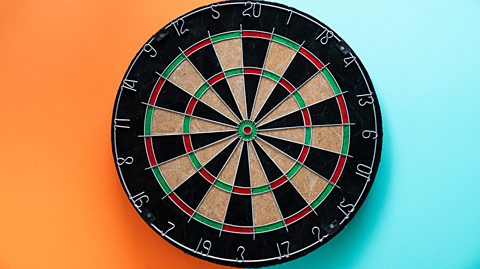
Loci and constructions – WJEC
To draw constructions you need a pencil, ruler and a pair of compasses. Loci are used to identify areas that satisfy criteria such as a given distance from a point or halfway between two lines.

Polygons – WJEC
In this WJEC GCSE study guide, you will learn all about quadrilateral angles, shapes, geometry and angles and why they are important areas of mathematics. Read through the mathematics revision guide and learn how to calculate angles of regular and irregular polygons and create tessellations and tiling patterns.
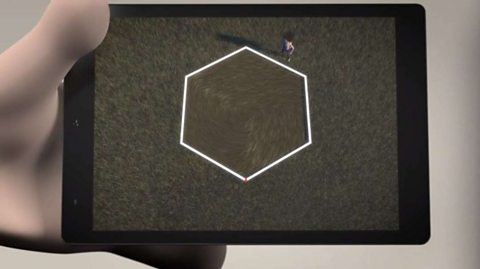
Circles - Intermediate & Higher tier – WJEC
Circles are 2D shapes with one side and no corners. The circumference is always the same distance from the centre - the radius. Sectors, segments, arcs and chords are different parts of a circle.

Transformations – WJEC
In this GCSE Mathletics study guide, we'll go through what happens when shapes are reflected, as well as the different centres of rotation and enlargement and congruent shapes. Transformations change the size or position of shapes. Congruent shapes are identical. Scale factors calculate area and volume of similar shapes.

Statistics
Histograms - Higher only – WJEC
Histograms are a way of representing data. They are like bar charts, but show the frequency density instead of the frequency. They can be used to determine information about the distribution of data.

Probability – WJEC
Probability is the mathematics of chance and luck. It has multiple real-world applications from engineering to medicine and beyond. Calculate and understand probabilities in a variety of situations.
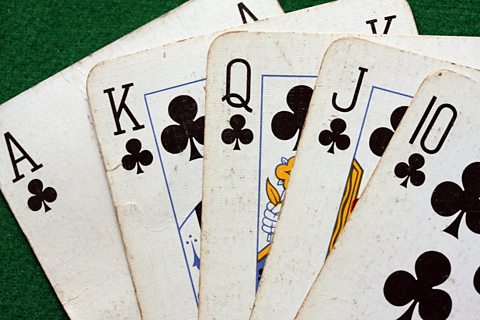
Further probability - Intermediate & Higher tier – WJEC
Understanding probability is crucial to many industries, such as finance and medical professions. This guide contains information on the AND/OR rules, tree diagrams and sampling without replacement.

Dice trolling. Video
An experiment on probability showing calculation and graphing of relative frequency.

Links
- External linkExternal link
- SubscriptionSubscription
- External linkExternal link
- External linkExternal link
- External linkExternal link